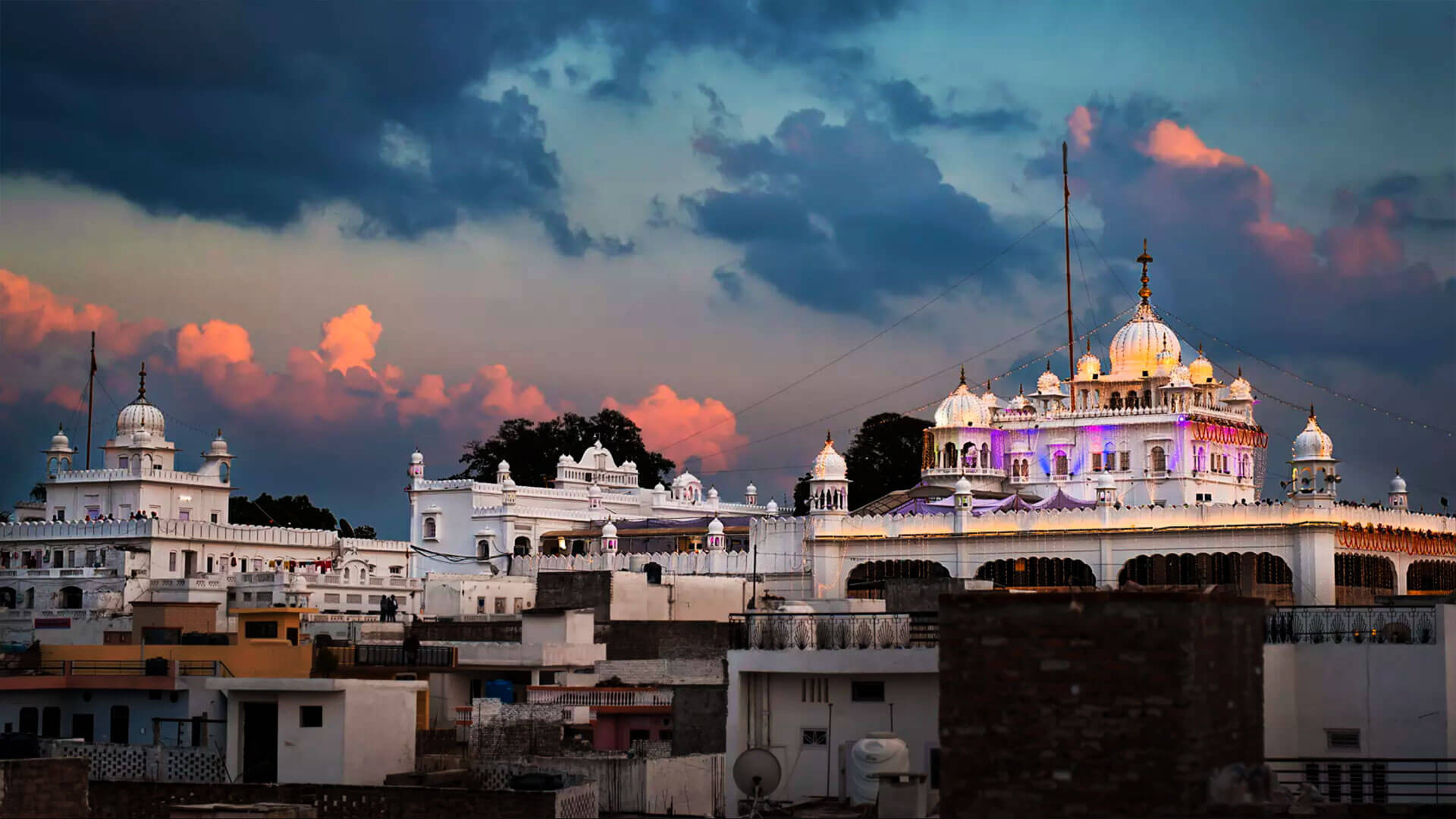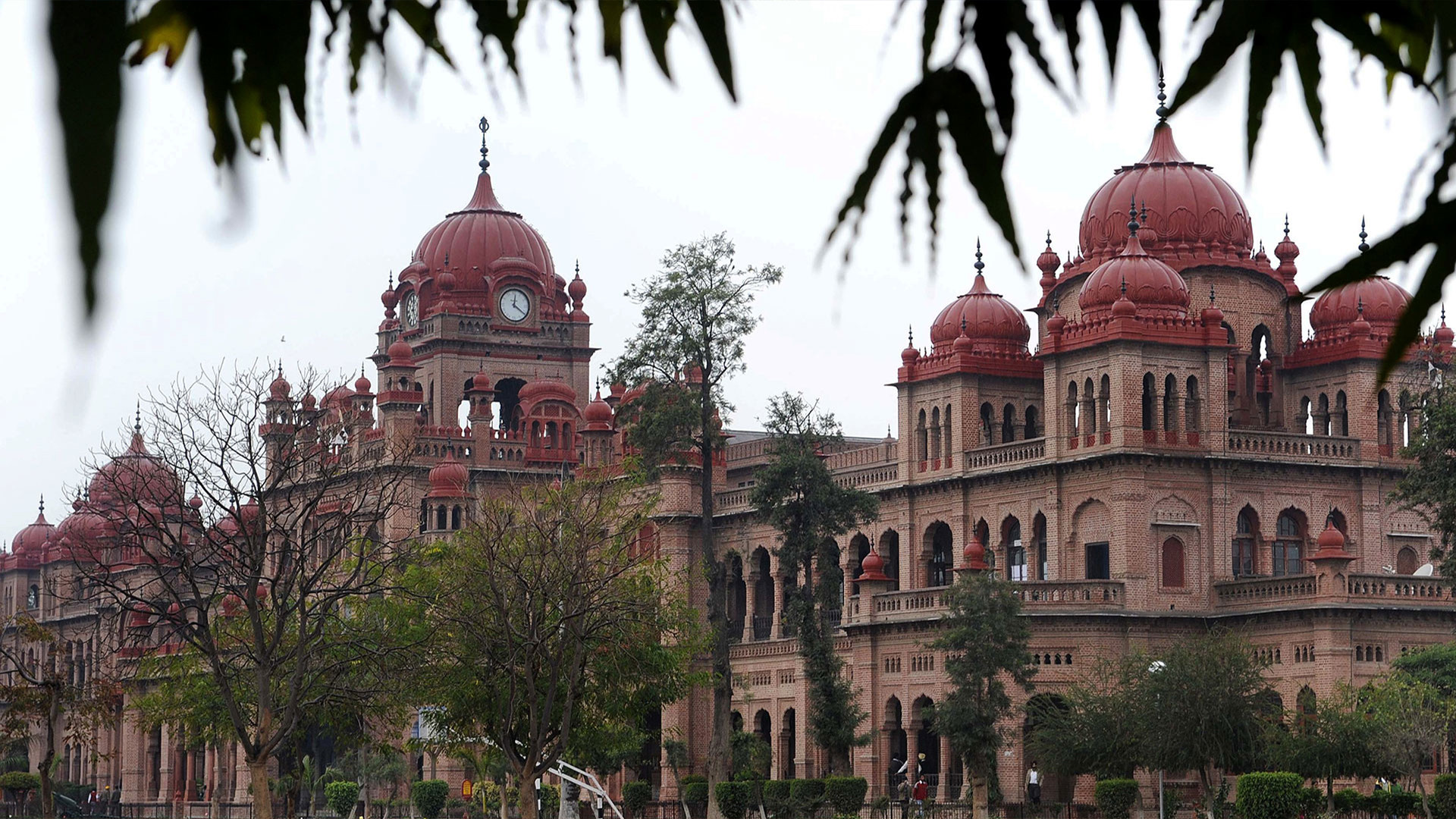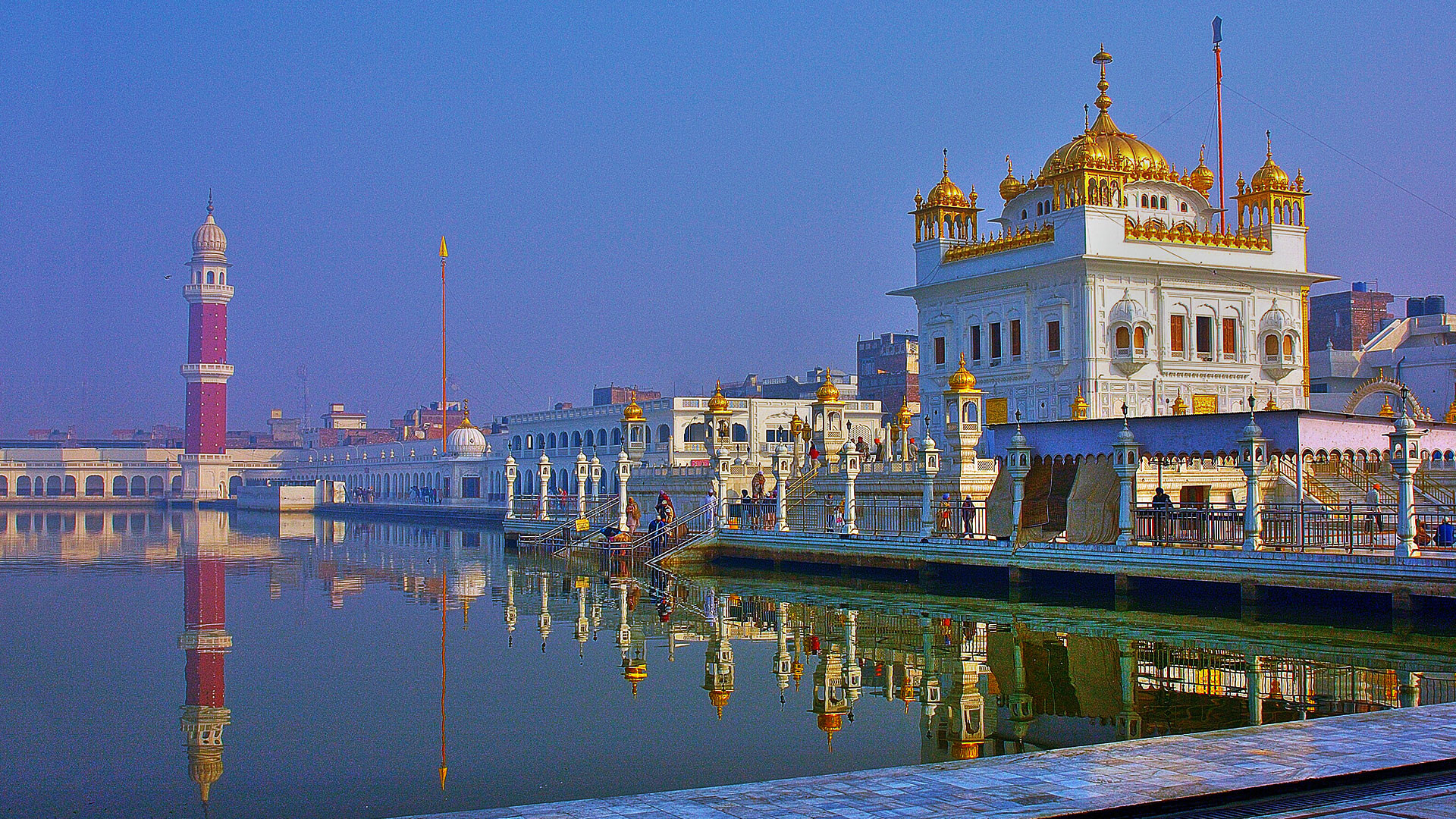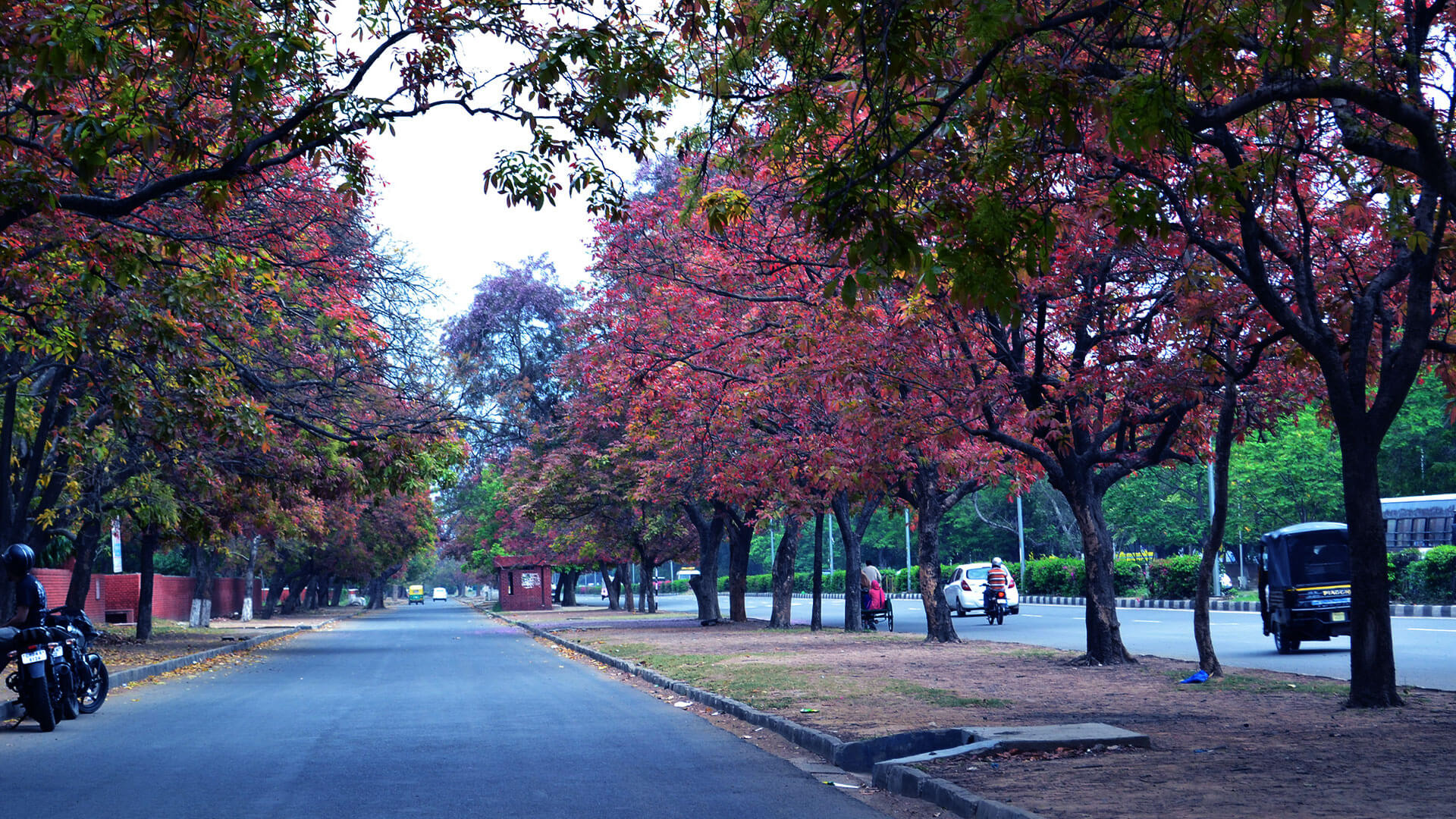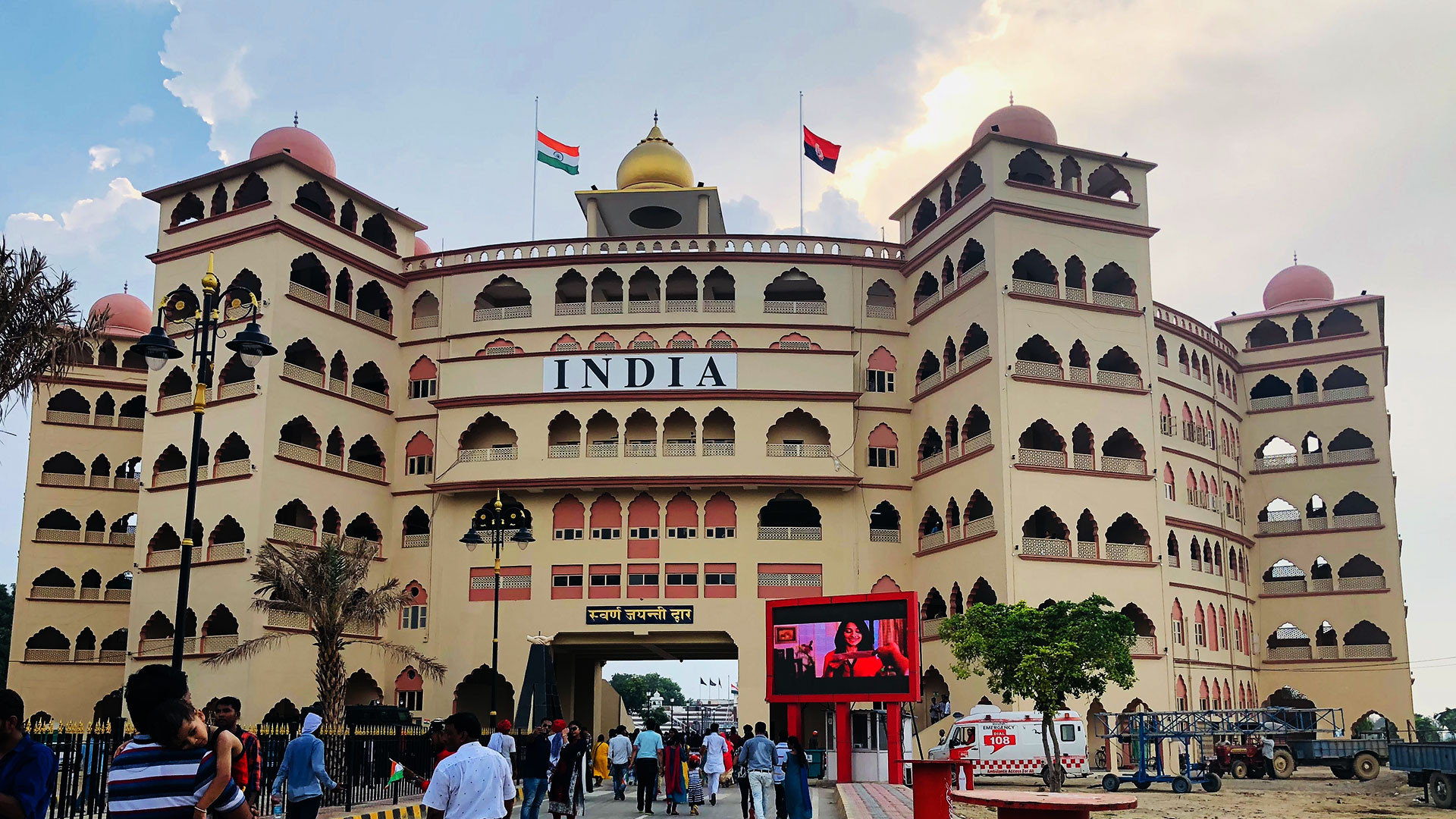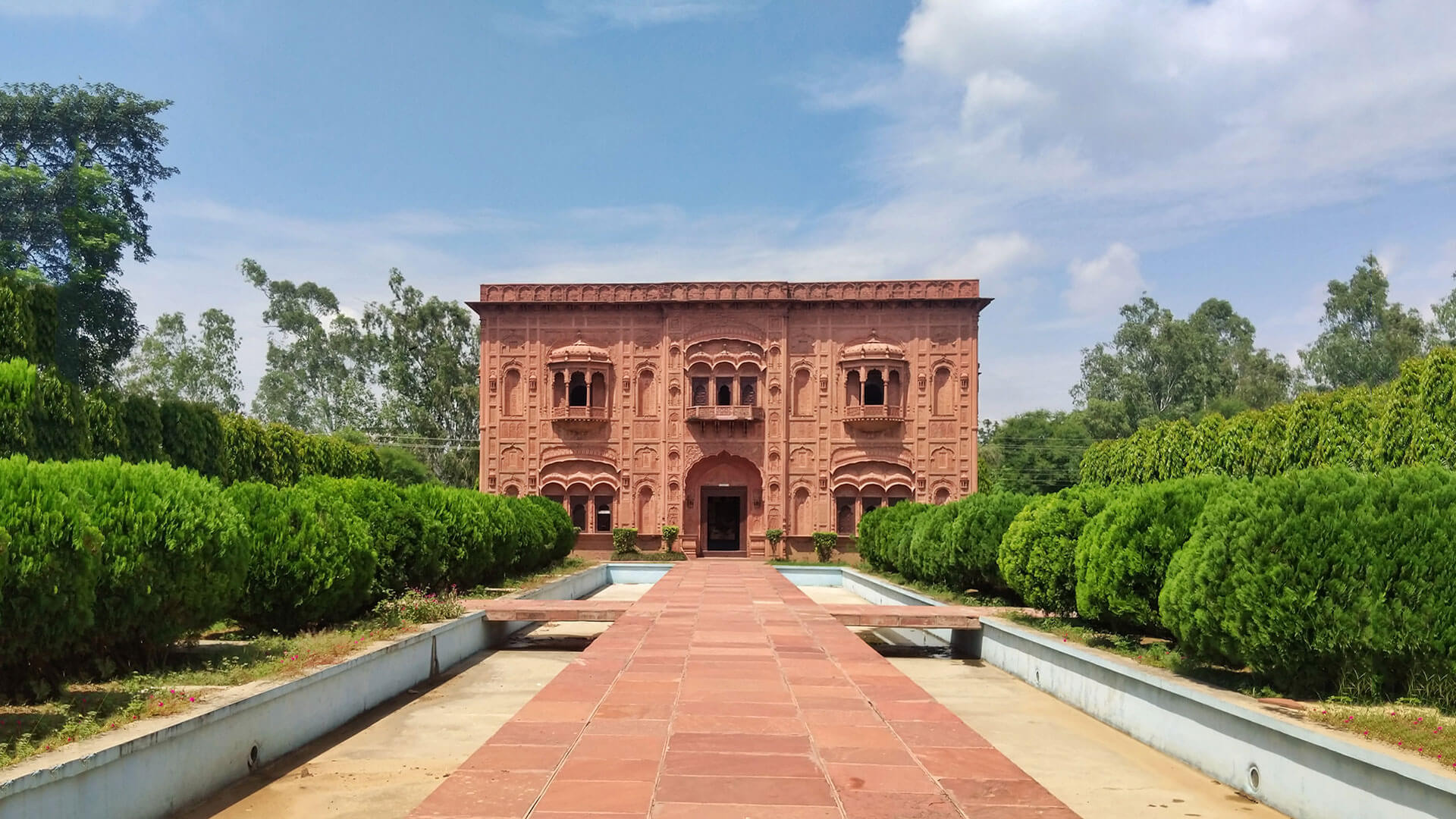Natural Beauty
Punjab
28°C / Clear
Bordered by Pakistan on the west in the foothills of Dalhousie and Kangra, Pathankot is a city located in Punjab. It is located at the meeting point of Punjab, Jammu & Kashmir, and Himachal Pradesh and River Chakki passes through the town. Pathankot has a rich historical past and serene green beauty. A dedicated railway station in Pathankot connects the city with the rest of the country making it an important place to the surrounding regions of Dharamshala, Manali, Dalhousie, Kangra, and parts of Jammu and Kashmir.
For many centuries, Pathankot was famous for its shawl and loi weaving industry. This city is currently a strategic base for the defense forces of India - the Air Force and Army. Also, it is home to some of the most beautiful religious places like Kathgarh Temple, Mukteshwar Temple, Shahpurkandi Fort, and Nagni Temple.
Ruled by many rulers, Pathankot is an ancient city and has historical significance. A Muslim descendant of Raja Sayed Khan of Nurpur State ruled over Pathankot till 1781. Ruled by the Rajputs, Pathankot was a part of the princely state - Nurpur from the end of the 17th century. Well-known as Jatpal, Rana Bhet, a Taur Rajput of Delhi established the state of Nurpur. Jatpal took control of the whole country at the foot of the hills and established his dynasty at Pathankot. He shifted his capital to Nurpur by the end of the 17th century. In Mahabharata, Pathankot is mentioned as Audumbar and in Ain-i-Akbari, it is mentioned as Pargana Headquarter. It is believed that the first Sikh Guru, Guru Nanak Dev Ji, established Pathankot. When the Ghilzai tribe of Pathan in Afghanistan came into power during the medieval period, the other Pathan tribes of Afghanistan - Khattak, Marwat, and Yusufzai moved towards India. These tribes settled in the regions like Hoshiarpur and Pathankot. Hence the city became known as Pathankot. The name of Pathankot originated from the word ‘Pathan’, according to the famous historian - Cunningham. During the 17-18th century, this region was under the rule of the Rajputs. Famous for its military station - Mammon Cantt, Pathankot is the largest military base in Asia.
An ancient place of worship, Mukteshwar Temple is located 22 kilometers away from Pathankot. The ancient caves in and around the temple are believed to be the same caves where the Pandavas stayed during their exile.
Popular for its ancient Krishna temple located in the inner sanctum, Nurpur Fort is a 900-year-old fort. The fort was built by the Pathania Rajputs but later it came under Shah Jahan’s control and he named the fort after his beloved wife Nur Jahan.
Built over the Ravi River, Ranjit Sagar Dam was built for irrigation and power generation. It is the biggest hydroelectric project in Punjab and a stunning work of engineering. 60% of the reservoir lies in the Jammu and Kashmir state while the remaining 40% lies in the Pathankot region. This dam can produce 600 MW of electricity at its full capacity.
Built to protect regions of Nurpur and Kangra, Shahpurkandi Fort was built by Shah Jahan's Rajput Chief Jaspal Singh Pathania in 1505.
Renowned for its 6 feet high Shivalinga, Kathgarh Temple is located in the village of Kathgarh. Offering an admiring landscape all around, the temple is nestled at a point of confluence of the Choch and Beas rivers.
Revered for its ability to fulfill wishes, the temple is dedicated to the Goddess of Snakes.
The ideal time to visit Pathankot is during the winter and spring months, from October to March. The pleasant weather during this period is perfect for sightseeing and outdoor activities. Summer months can be warm, but the nearby hill stations provide a cool escape. Monsoon season brings lush greenery, adding to the natural beauty of the region.
A visit to Pathankot is incomplete without exploring its local flavors and shopping experiences. Visitors can savor traditional Punjabi cuisine, including butter chicken, chole bhature, and lassi. The city's markets offer a variety of local handicrafts, woolen products, and souvenirs that reflect the region's cultural richness.
Pathankot is located in the state of Punjab and it is well-connected by a wide network of railroads and roads. It also serves as a pit stop before entering the states of Jammu & Kashmir and Himachal Pradesh. Also, Pathankot is a connecting point to Dalhousie, Dharamshala, Manali, Kangra, and parts of J&K. Here’s how to reach Pathankot -
There is a dedicated airport in Pathankot but commercial flights are available only from Delhi and Kullu. The nearest domestic airport is in Jammu and the nearest international airport is in Amritsar.
Here is a list of Indian cities from where flights are available to Jammu
Pathankot is very well-connected to the rest of the major cities and towns via a wide network of roads. It is easily accessible via buses, taxis, and self-driven cars.
There is a dedicated railhead in Pathankot which is an important railway junction as it connects Indian Railways with Kangra Valley Railway to reach various destinations in Himachal Pradesh.
Pathankot, with its blend of history, spirituality, and natural charm, offers a memorable travel experience. Whether you're exploring ancient forts, seeking spiritual solace, or indulging in adventure activities, the city has something for everyone. Pathankot's tours and tourism promise an enriching journey filled with cultural insights and scenic beauty. Plan your visit to this captivating city and uncover the hidden treasures of Punjab's gateway to the mountains.
Q. Why is Pathankot famous?
Ans - Pathankot is famous for its rich history and serene surroundings. The Ranjit Sagar Dam is the largest hydroelectric project in Asia and the city is mentioned in the great epic Mahabharata.
Q. What is special about Pathankot?
Ans - For centuries, Pathankot was famous for its shawl and loi weaving industry. Now, it serves as a strategic base for the Indian Air Force and the Indian Army.
Q. Does Pathankot have an airport?
Ans - Yes, there is a dedicated airport in Pathankot but flights from limited cities are available to reach here. The nearest fully functional airport is in Amritsar.
Q. Is Pathankot a hilly area?
Ans - Yes, Pathankot is a hilly area. It is one of the most beautiful cities in Punjab. Sharing a border with Pakistan, Pathankot connects Himachal Pradesh and Jammu & Kashmir with the rest of the country.
Q. When is the best time to visit Pathankot?
A. The best time to visit is from October to March when the weather is pleasant for sightseeing and outdoor activities.
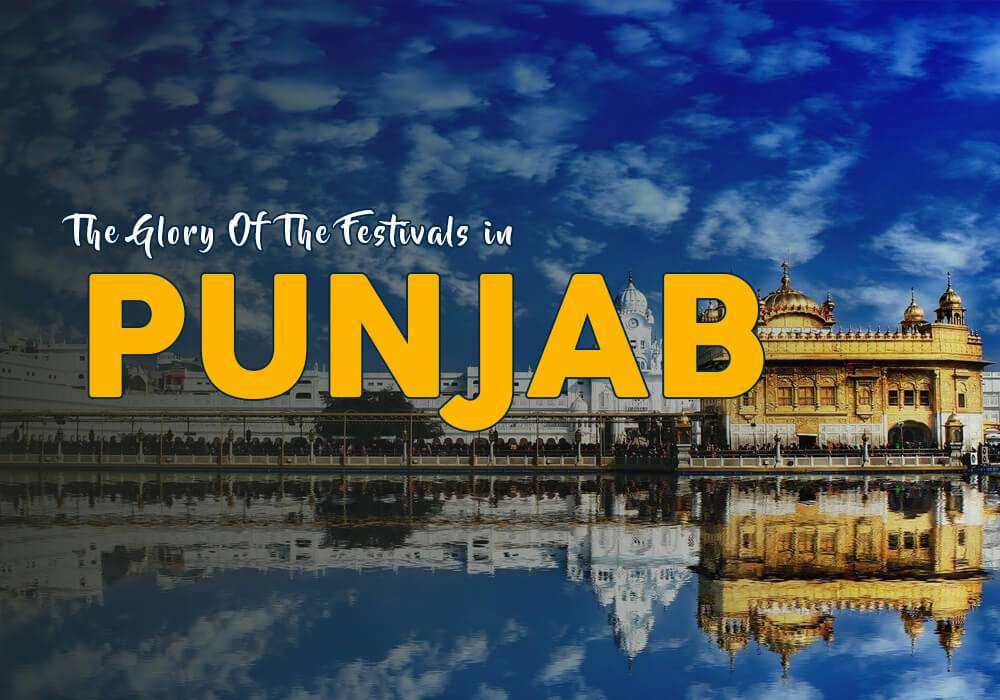





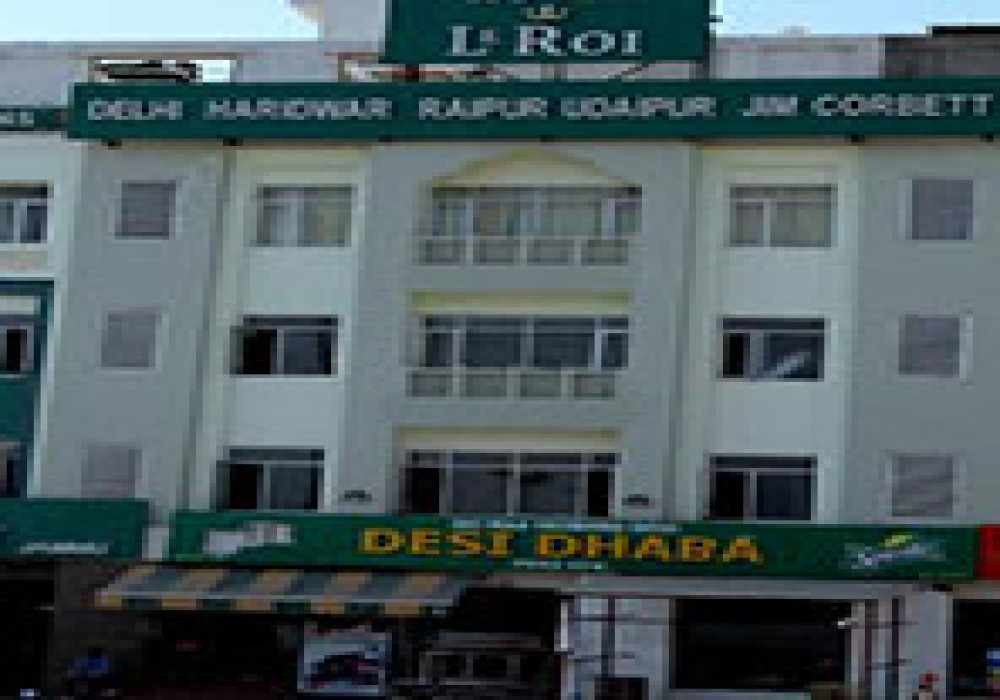




Download Adotrip App Or Simply Subscribe To Get Exclusive Offers On Flights, Hotels, Buses And More
Change Password
